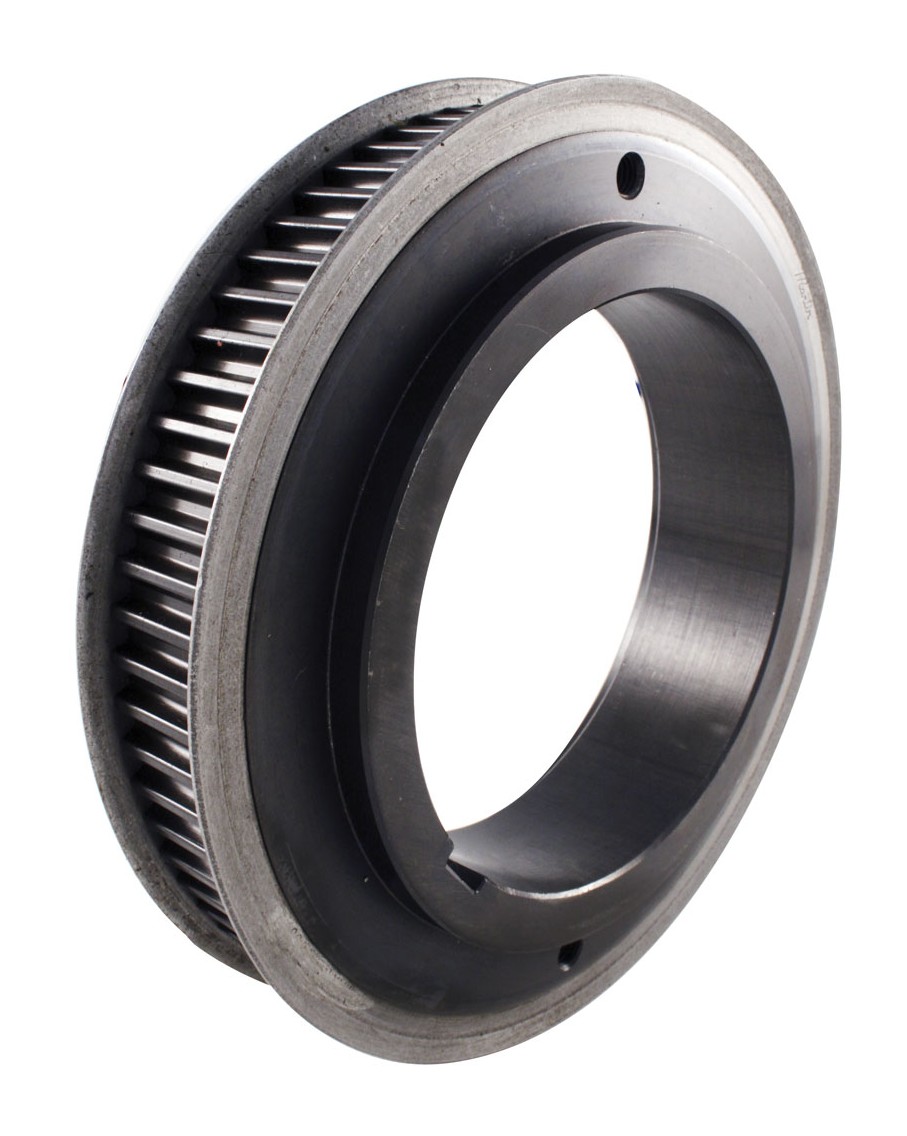
Belt drives are a mainstay in power-transmission design. In these setups, a reinforced belt wraps around and engages a motor-driven sprocket (or pulley) to transmit translational or rotational motion. Especially in setups where belts and sprockets drive linear axes, repeatability and positioning accuracy are better than ever, thanks to engineered guides and innovations in integration.
What’s more, synchronous belt drives are at least 90% efficient and damp shock — a useful characteristic wherever a design exhibits vibration or quick stops and starts.
The main caveats here are that belt tensile strength can limit thrust and increase backdriving, and the belt-sprocket engagement must maintain synchronicity and smoothness or risk serious performance degradation.
Even so, synchronous belt drives excel in a number of applications and situations.
1. Synchronous belt drives excel when an industrial application necessitates carrying more torque or horsepower.
2. Synchronous belt drives help avoid the risk of expensive downtime and routine maintenance costs.
3. Synchronous belt drives can reduce overall drive-system size.
4. When put in washdown applications for food processing and beverage facilities, synchronous belt drives sport stainless steel sprockets and bushings to withstand cleanings.
5. Synchronous belt drives work as a replacement for roller-chain drive systems where lubrication is unacceptable.
Curvilinear teeth help boost belt-drive performance
On synchronous belts, the shape of the teeth is central to overall drive performance. One somewhat newer innovation in tooth geometry is the molding of teeth into a curvilinear shape. Sometimes called high-torque drive or HTD belting (after a trademarked product), this type of belt has distinct advantages.
Legacy geometries such as trapezoidally shaped teeth can trap air inside the belt (causing noise) and are in some cases prone to shearing (and belt failure). Belts with curvilinear teeth address these issues. Along with engineered materials, the geometry boosts overall power-transmission performance.
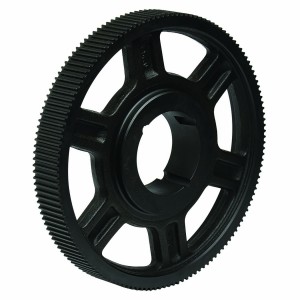 Supplier of sprockets for curvilinear belts:
Supplier of sprockets for curvilinear belts:
Martin Sprocket and Gear Inc.
Martin Sprocket and Gear Inc. is one supplier of Synchronous Sprockets and stocks them in over 30 North American locations, delivering made-to-order parts in days.
The manufacturer’s MPC® Synchronous Sprockets for curvilinear belts are a direct drop-in for most popular tooth profiles.
Synchronous Sprockets that are made-to-order in days instead of weeks include:
• MST® bushed sprockets
• Finished-bore sprockets
• Stainless-steel sprockets
• Aluminum sprockets
In fact, Martin Sprocket and Gear Inc. carries more than 350 MPC® SKUs ready-to-sell off the shelf and they’re compatible with all leading curvilinear belts.
Martin’s MPC® Synchronous Sprockets come in various sizes, dimensions and capacities to meet a myriad of industrial requirements, including a range of loads and speeds for demanding applications such as blowers, conveyors, pumps, printers, and mixers.

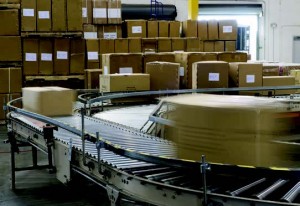
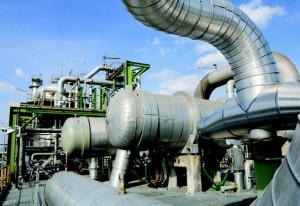
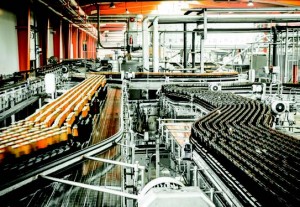
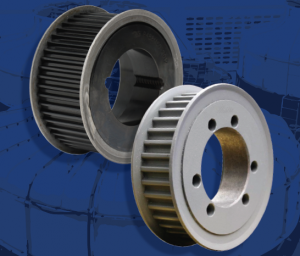

Leave a Reply
You must be logged in to post a comment.